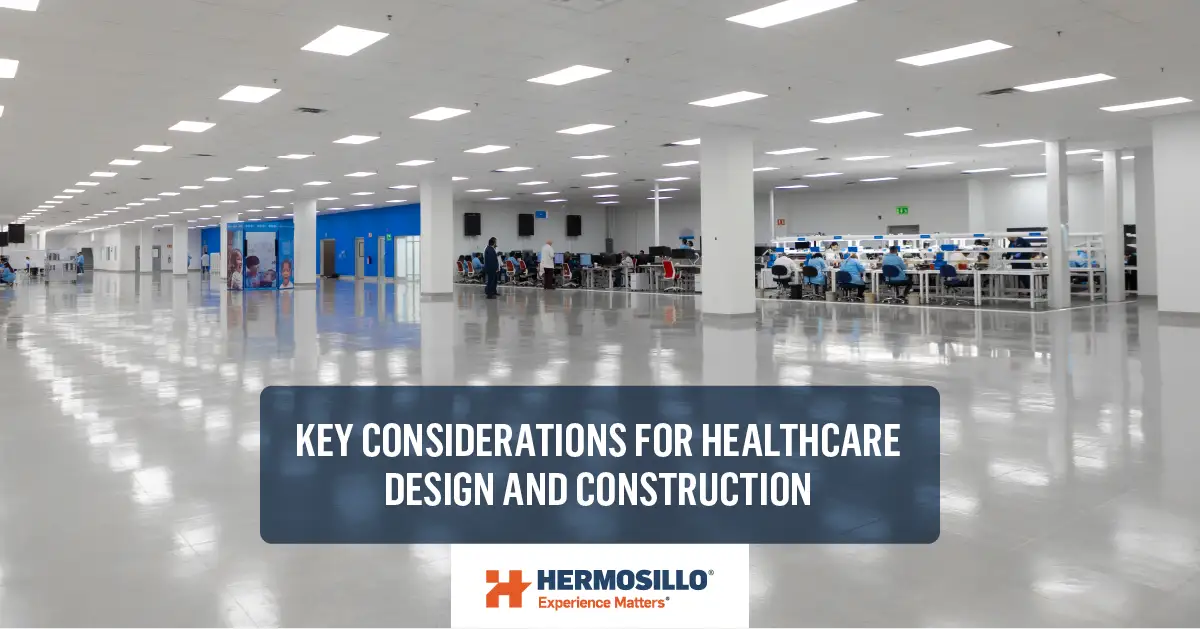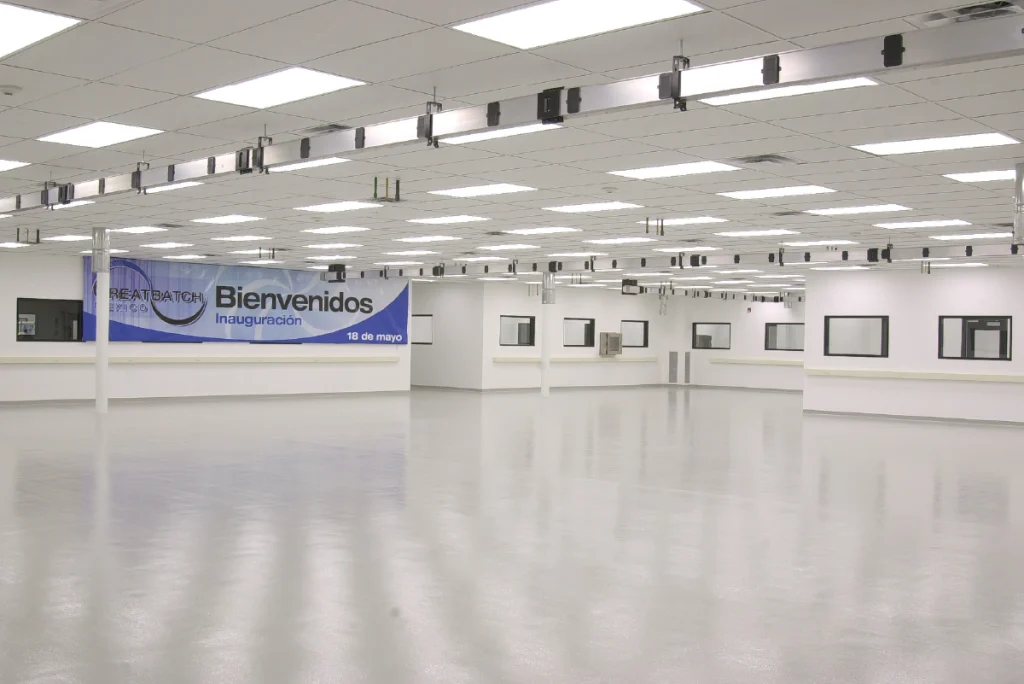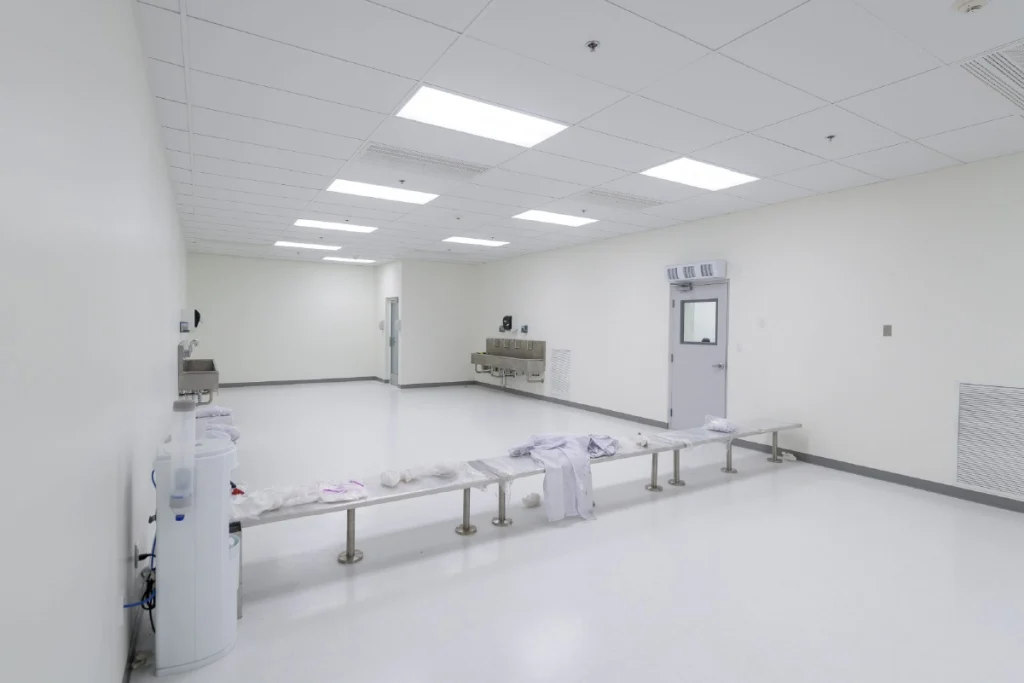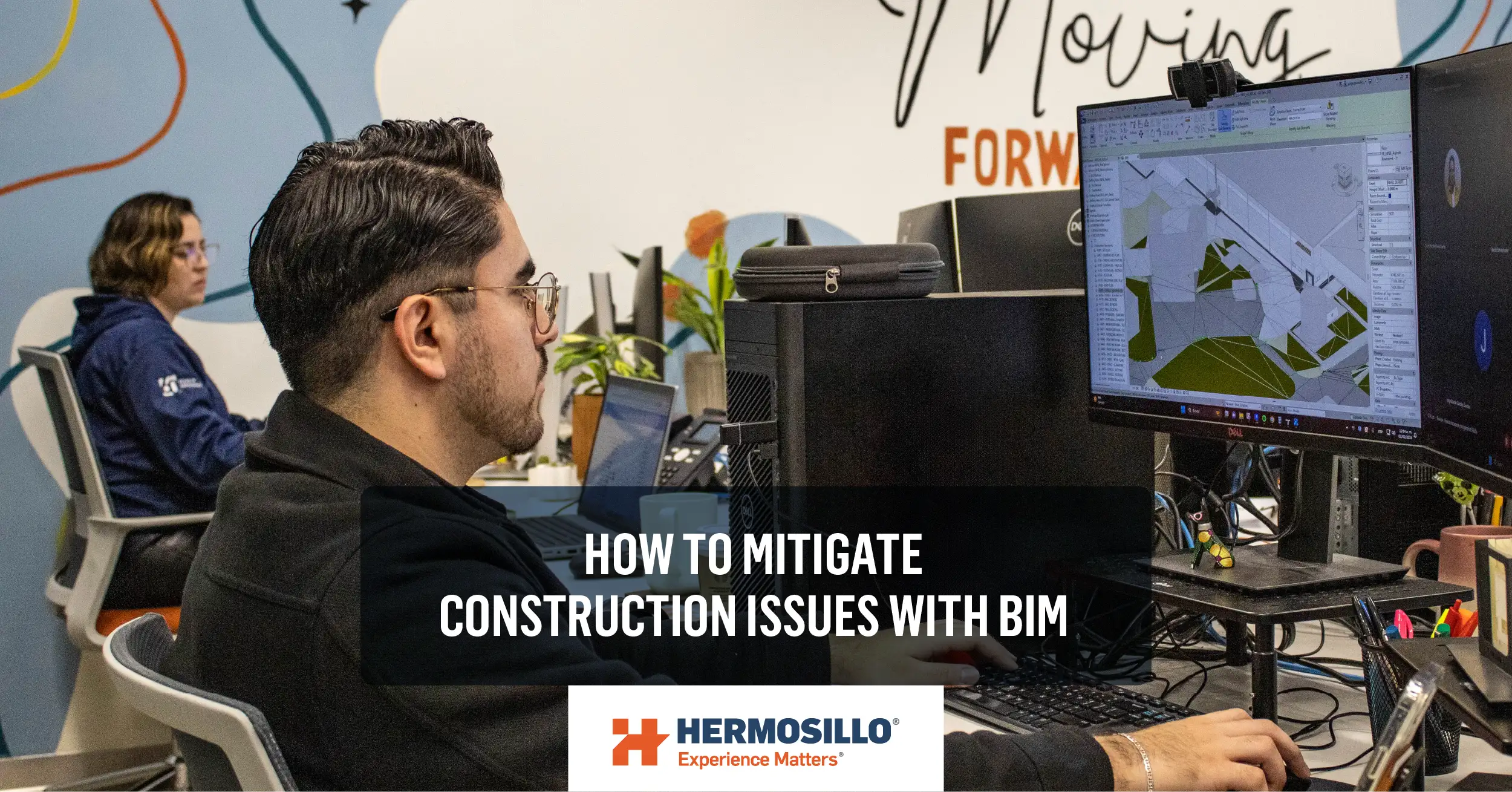
Introduction
Ensuring a clean and safe environment is crucial in the rapidly evolving healthcare industry. Hygienic design is not just a choice but a necessity in designing and constructing facilities for manufacturing medical devices, sterilization plants, and clean rooms. Ensuring the highest hygiene and safety standards is critical to prevent contamination and maintain the integrity of medical products. As a leader in healthcare construction at Hermosillo, we leverage our extensive experience and commitment to excellence to create world-class facilities that meet these rigorous standards.
Healthcare Design Standards and Guidelines
Following healthcare design standards and guidelines is crucial for establishing safe and hygienic environments. Standards like the International Health Facility Guidelines (IHFG) and the Facility Guidelines Institute (FGI) provide essential benchmarks for healthcare construction, emphasizing the need for cleanliness, air quality, safety, and infection control. These regulations and cleaning methods ensure that specific design features facilitate excellent air quality, easy cleaning, minimize contamination, and maintain a sterile environment, thereby creating clean and secure spaces for the production and distribution of medical devices.
Key Considerations for Hygienic Design
When constructing facilities for medical device manufacturing, sterilization plants, and clean rooms, attention to detail is paramount to ensure a clean, safe, and efficient environment. Here are some critical considerations to keep in mind:
- Room Layout: Proper layout is essential for efficient workflow and infection control. Consider factors like equipment placement, isolation areas, and handwashing stations.
- Ventilation Systems: Effective ventilation prevents airborne transmission of pathogens and solid particles in the air (measured in PPM, parts per million). To maintain air purity, HEPA filters and laminar airflow systems are common in healthcare facilities.
- Surface Materials: Choose materials that are easy to clean, durable, and resistant to microbial growth. Antimicrobial coatings and smooth surfaces discourage bacteria.
- Flooring: Flooring in healthcare facilities must be easy to clean, anti-static (ESD), durable, and resistant to microbial growth. Opt for seamless surfaces like epoxy or vinyl, which minimize joints and cracks where dirt and pathogens can accumulate. These materials can withstand heavy traffic, frequent proper cleaning and disinfection, and inhibit electrostatic discharge (ESD) generation, making them ideal for maintaining a hygienic environment.
- Walls and Ceilings: For walls and ceilings, it is essential to use finishes and coatings that enhance cleanliness, reduce dust particles, and minimize infection risks. Smooth, non-porous surfaces are ideal as they are easier to clean and maintain. Additionally, applying antimicrobial paints can effectively reduce the spread of pathogens. Avoiding hidden corners and niches also helps eliminate areas where contaminants could accumulate, contributing to a more sterile environment.
- Material Selection: Durability and cleanability are paramount when selecting materials for healthcare facilities. Prioritize non-toxic, hypoallergenic materials such as stainless steel, glass, and certain plastics that can withstand rigorous cleaning protocols.

Principles of Hygienic and Sanitary Design
Here, we share with you the main principles of hygienic and sanitary design that should be followed when constructing a healthcare installation. These principles guide the construction and maintenance of healthcare facilities, ensuring that they remain as sterile and contamination-free as possible.
- Ensuring smooth surfaces in medical facilities is crucial for preventing microbial adhesion, making cleaning more effective, and reducing the spread of infections.
- Designing spaces without hidden corners or voids prevents contaminants from accumulating, reducing health risks by eliminating areas where bacteria and pathogens can gather.
- Minimizing joints and seams in construction limits areas where dirt, water, and bacteria can accumulate, making seamless surfaces easier to clean and maintain for a more sanitary environment.
- Selecting non-porous materials like stainless steel and certain plastics is vital, as they prevent microbial penetration, helping maintain a sterile environment.
- Designing facilities with easy access for cleaning and maintenance reduces contamination risk and prolongs the building’s lifespan.
- Proper drainage systems are crucial to prevent standing water, which can breed bacteria and pests. Efficient water runoff and drainage help maintain a clean and safe environment.
- Incorporating materials and coatings with antimicrobial properties significantly reduces harmful microorganisms by actively killing or inhibiting the growth of bacteria and viruses on surfaces.
- Effective airflow management is essential to prevent cross-contamination. Proper ventilation systems should direct airflow to minimize the spread of airborne pathogens, especially in critical areas like equipment sterilization areas and clean rooms. Additionally, these systems enhance air quality by reducing particulate matter in the air (PPM), ensuring a cleaner and safer environment.
- A well-designed waste disposal system is crucial for safely managing medical and biological waste and preventing contamination.

Hermosillo: A Legacy of Excellence in Healthcare Construction
With over 60 years of experience at Hermosillo, we have successfully completed more than 50 healthcare projects, primarily focused on medical device manufacturing, sterilization plants, and clean rooms. Our first project was in 1982, showcasing our long-standing commitment to excellence in the industry. Our expertise includes:
Pharmaceutical Production Facilities: Designing and constructing facilities for pharmaceutical manufacturing with stringent hygiene requirements.
ISO Clean Rooms: Creating ISO clean rooms where precision and sterility are critical.
Sterilization Plants: Understanding the unique challenges of sterilization plants, where cleanliness is non-negotiable.
Medical Device Distribution Centers: Building efficient and hygienic distribution centers essential for medical devices.
Our commitment to excellence drives us to integrate cutting-edge technologies, automation, and methodologies like Lean Construction and value engineering in every project. We prioritize human-centric solutions, ensuring efficient and trustworthy project execution. As a trusted partner to medical device manufacturers and healthcare providers across Mexico, we deliver projects on time and within budget, meticulously adhering to rigorous safety and hygiene standards and in compliance with local and international standards. Trust our experienced team to bring your vision to life with precision, care, and an unwavering commitment to hygienic design.
Wrapping Up
Hygienic design is not just a choice but a necessity in healthcare construction. It is a fundamental aspect of designing and constructing facilities for medical device manufacturing, sterilization plants, clean rooms, and more.
At Hermosillo, we are dedicated to creating world-class healthcare facilities that meet the highest hygiene, air quality and safety standards. Trust us to deliver your healthcare project on time and within budget, adhering to all local codes and international guidelines. Let Hermosillo handle every aspect of your healthcare construction project with precision and care, ensuring a successful outcome that sets the benchmark for excellence. Contact us today to learn more about our comprehensive healthcare construction services and how we can make your project successful.






